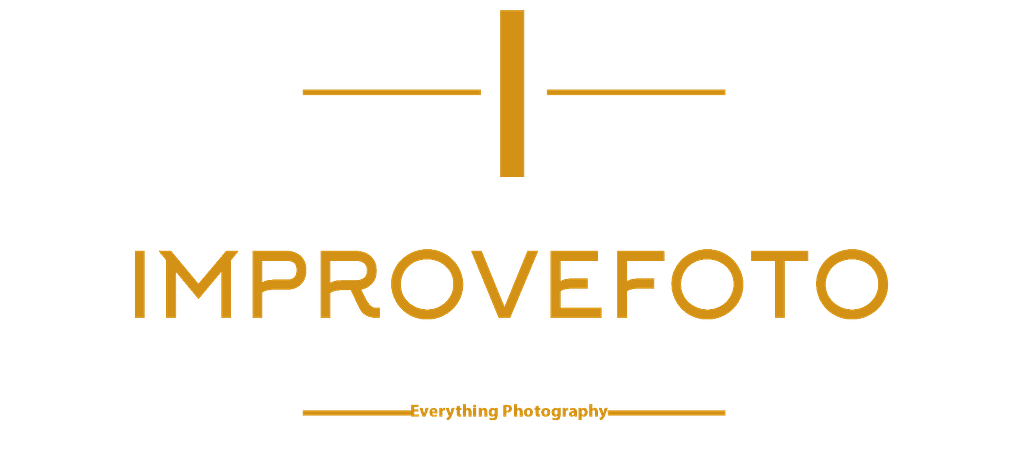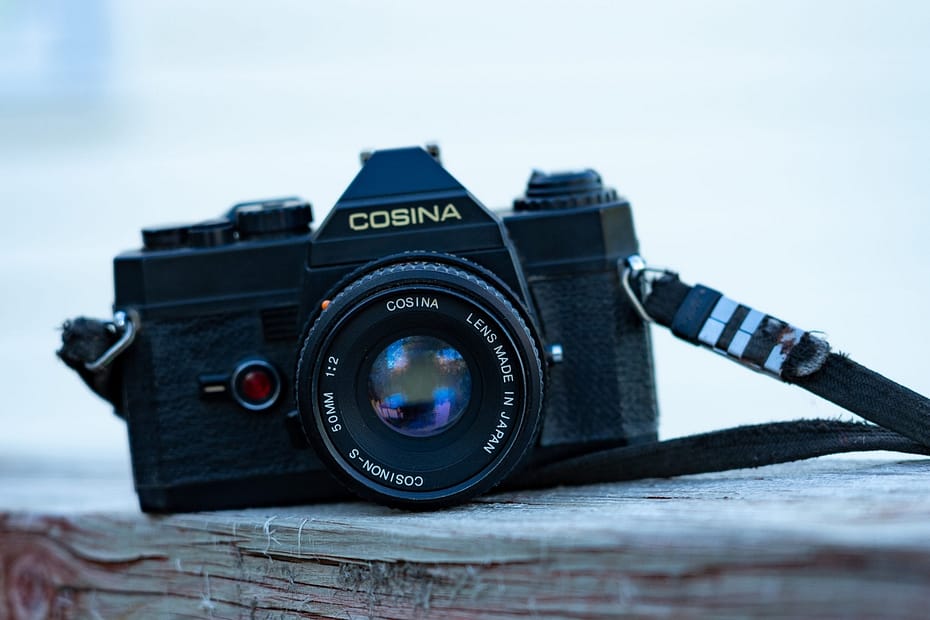Many thoughts have been running through my mind now that I have a little bit of idle time. As a photographer, I have been pondering some ideas and issues in photography. Here is something I have been thinking about lately what camera shooting mode is ideal? Auto or manual mode? Is shooting in manual mode still relevant, or as other people say, is it still a sign that you have mastered photography?
Through my development as a photographer, the goal set for me by my mentors was to shoot in manual mode. The rationale, as I understood it was that shooting manual meant photography masterly. Gaining full control of the camera in manual mode shows knowledge and understanding of applying the three exposure variables. It was a way of putting the photographer in charge of all the exposure variables instead of the camera. I guess the idea was that the camera is not as smart as the photographer; hence it should not be given full exposure control. It can get it all wrong.

Here is the gist of the debate. In one of the automatic modes, aperture, shutter, ISO, program, or full auto mode, the camera decides what settings to use to expose the image properly. In auto mode or one of the semi-auto modes, there is minimal decision-making on the part of the photographer. The photographer’s job is to point the camera at the subject and eventually click the shutter—technical exposure determination if left to the camera.
On the other hand, manual mode gives the photographer the power to make exposure decisions. So which camera shooting mode is ideal, manual or auto? To make an informed decision, let’s examine the advantages and disadvantages of each mode of shooting.
advantages of auto mode
The most significant advantage of auto mode is that it’s handy. Since the camera makes all the decisions, you save time and brainpower to figure out the ideal settings. Figuring out the perfect settings can be difficult and time-consuming. It involves taking multiple shots and checking the histogram to get the setting right. This process can consume a lot of time, which may result in missed photo opportunities. Auto mode is a guarantee not only to get the shoot but also a properly exposed one.
Because auto mode gives all the decision-making power to the camera, it frees the photographers’ brain resources. The photographer can use the freed mental resources for other, more critical tasks, such as composing the image. Photocomposition is one task that is entirely up to the photographer. Our cameras are not advanced enough to decide how to organize elements in the frame. Knowing that exposure is taken care of, the photographer can invest brainpower in decisions he cannot assign to the camera, such as the art of composing the image.
advantages of manual mode
But manual mode has its place and use. Although our cameras are becoming more sophisticated, they can get the exposure wrong. Some light situations can confuse the camera into missing exposure. The camera also does not know the artistic exposure interpretation of the photographer. In this case, the camera’s exposure determination could be accurate but not in line with the photographer’s vision. By putting the camera in manual mode, the photographer can dial in an exposure that fulfills creative intent.

Manual mode is also a way for the photographer to be creative. Aperture and shutter speed not only control light but also have an artistic effect on the image. For example, if you are taking a portrait and want to put the background out of focus, you need to open up the aperture for a shallow depth of field. The same goes for shutter speed if you want to freeze motion.
Final thought
Which camera mode is ideal? From my experience, manual mode should only be used if shooting landscapes or doing microphotography. In this type of photography, you have time to fine-tune exposure. Manual mode is also important in situations where there is a need to control more than one variable of the exposure triangle.
Semi-auto mode, aperture priority, or shutter priority mode is ideal in most situations. Depending on what you are shooting and your artistic goals, one of these two modes will offer the best flexibility to achieve your goal. For example, in portraiture, you may select aperture priority mode to control the depth of field. On the other hand, a shutter priority mode in sports photography is ideal. Remember, photography is not conducive to rules; hence this is just a guide, not the law. Happy shooting.
- Adobe Firefly: Artificial Intelligence Revolution - April 4, 2023
- Why Lumina Neo Is Worth Buying - June 20, 2022
- Galaxy S22 Ultra: Camera Phone for Photographers - April 13, 2022

